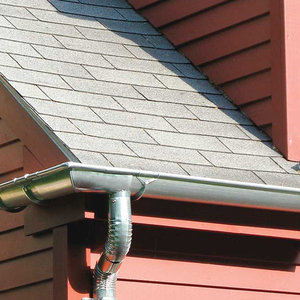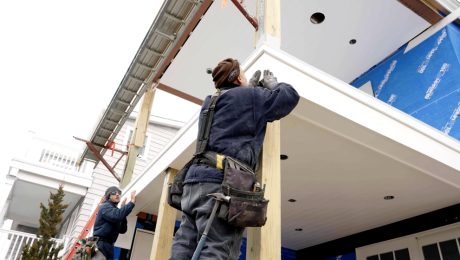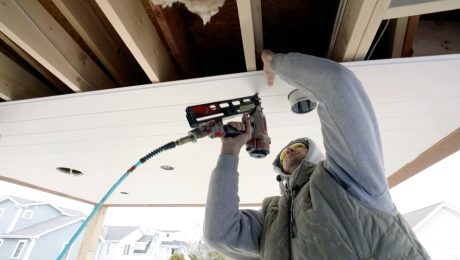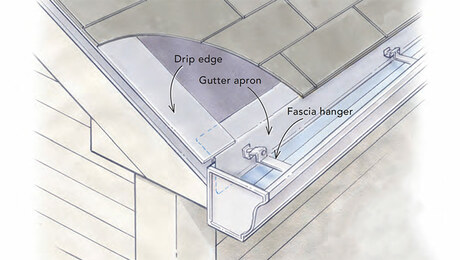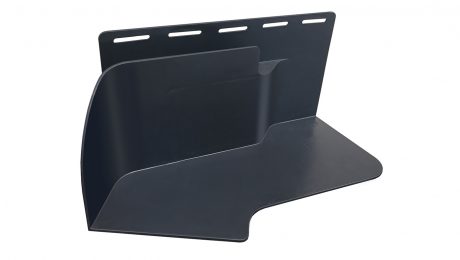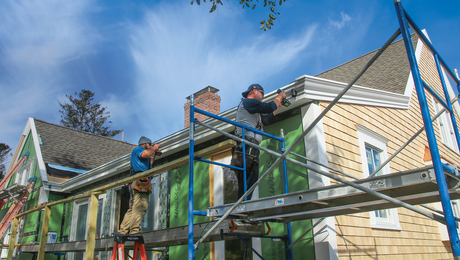Rethinking the Cornice Return
Standard ogee gutters can mimic this classical detail.
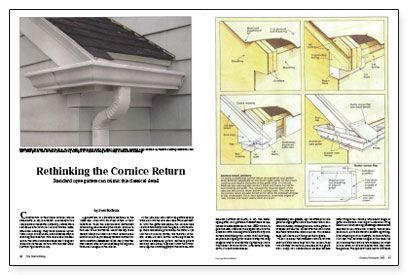
Synopsis: This article describes the use of conventional ogee gutters as a replacement for the classic cornice return, an exterior trim detail that has been enjoying a revival. The author shows how careful detailing mimics the real thing.
Construction of traditional cornice returns is a lost art. Like many of the finer points of residential carpentry, returns were cast aside after WWII in the rush toward mass-produced housing. They were replaced by the “pork chop,” or ear board, a no-nonsense way of resolving the transition from rake board to eaves fascia. The pork chop is an unadorned triangular piece of pine tacked up flush with the rake board.
A generation of carpenters matured in the 1960s and 1970s with no other return in their repertoire. Then the post-modern movement came along, and suddenly the classic cornice return had to be reinvented. Unfortunately, there weren’t many old-timers left who remembered how to build one. The task was complicated further because guttering practices had changed in the interim.
In the 18th and 19th centuries, gutters usually were built into the roof and lined with sheet metal. With the gutter concealed, the cornice was free to return neatly onto the gable. Unfortunately, when concealed gutters leak, the water drips into the cornice or, worse, into the wall. In the late 1800s, builders started switching to metal half-round suspended gutters. But these gutters not only look bland, they also throw the crown molding — the crowning glory of the cornice — into shadow. The metal ogee gutter, or K gutter as it’s sometimes called, seems to have appeared in the 1930s. It’s an ingenious idea; combine the elegant look of a traditional crown molding with the practicality of a surface-mounted gutter. Given that the strong, easy-to-install ogee gutter is here to stay, I’ve long sought a way to incorporate it gracefully into a traditional cornice return. After several false starts, I think I’ve succeeded.
Returning the gutter
My first attempt to integrate the ogee gutter into a traditional return consisted of simply mitering the end of the gutter. It wrapped around the corner over the pork chop and then terminated at an end cap. This looked okay, but it sure didn’t sing like the originals.
Then I realized that wooden cornice returns don’t just stop once they turn the corner — they turn another corner and dead-end at the gable wall. Okay, so I connected a second outside miter fitting to the first one, with a short length of gutter in between. One leg of this second fitting had to be cut off, leaving just enough room for an end cap to be riveted on. Visually, this helped quite a bit, but there was still something wrong. After studying a lot of old-style cornice returns, it hit me: The outermost edges of the rake, the cornice and the cornice return should all meet at one point, or at least appear that way from the ground. The eye can’t help but follow these lines, and if they converge neatly, a little visual ping goes off.
For more photos, drawings, and details, click the View PDF button below:




